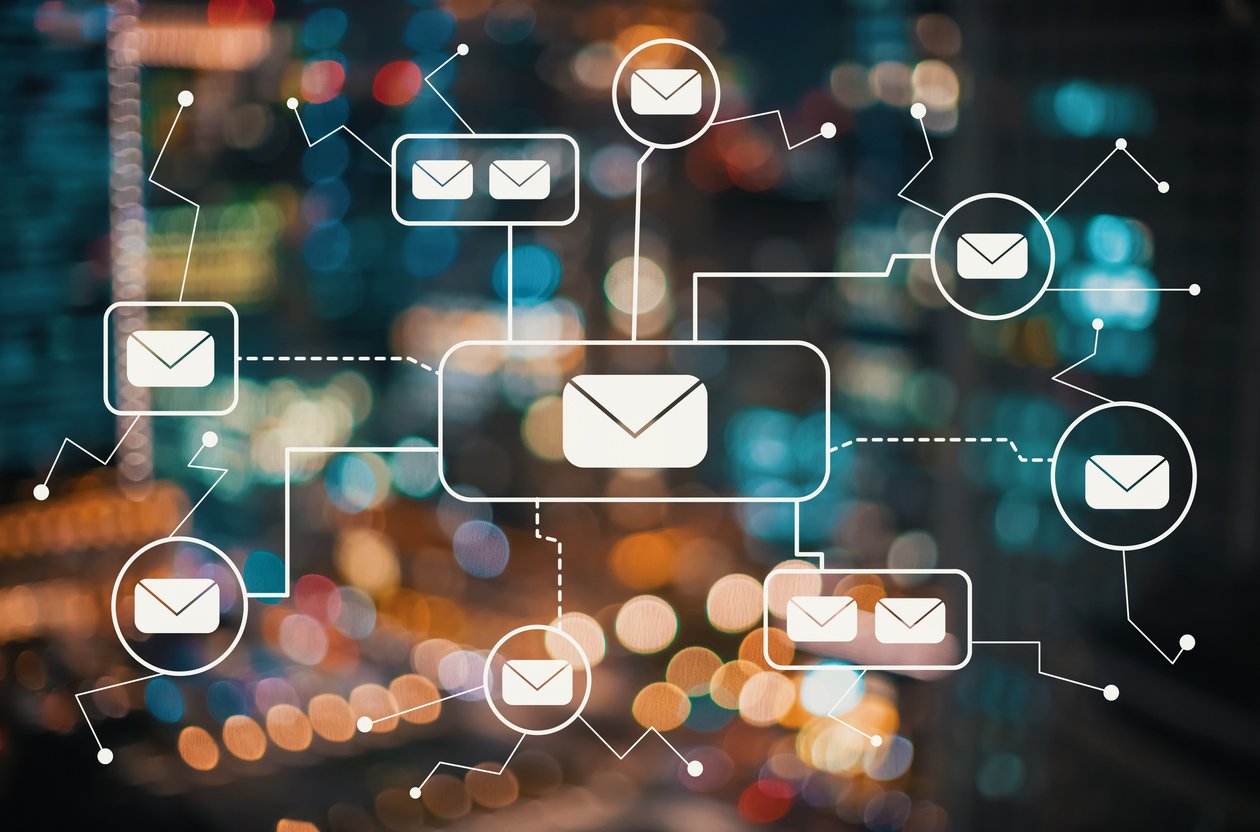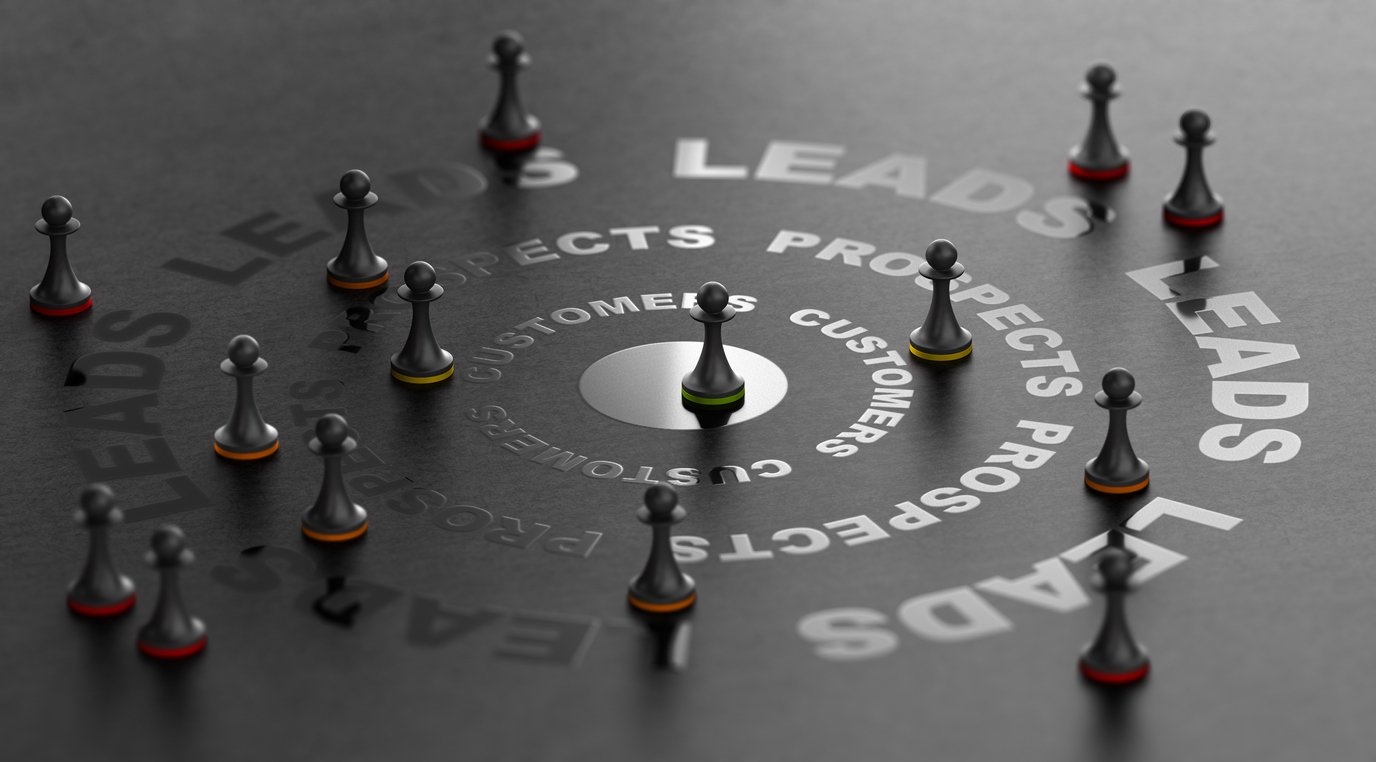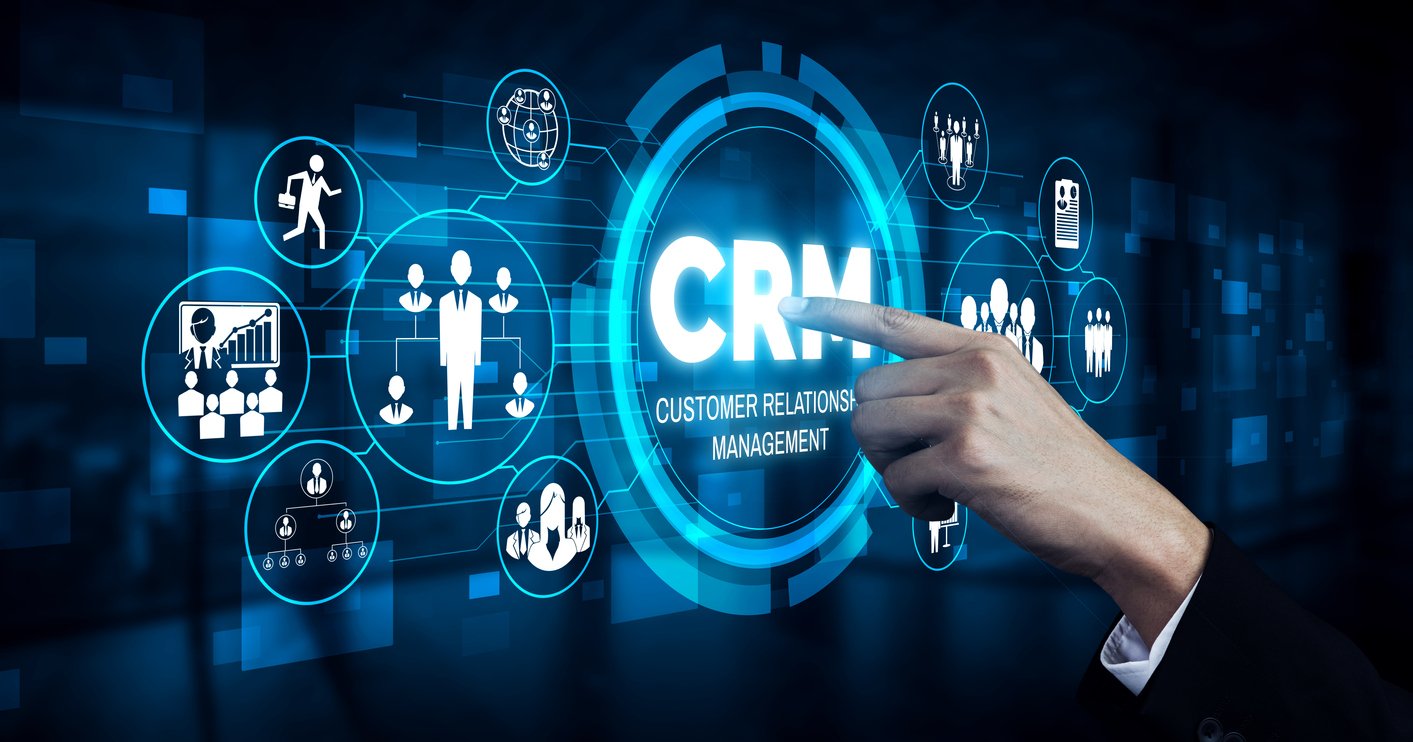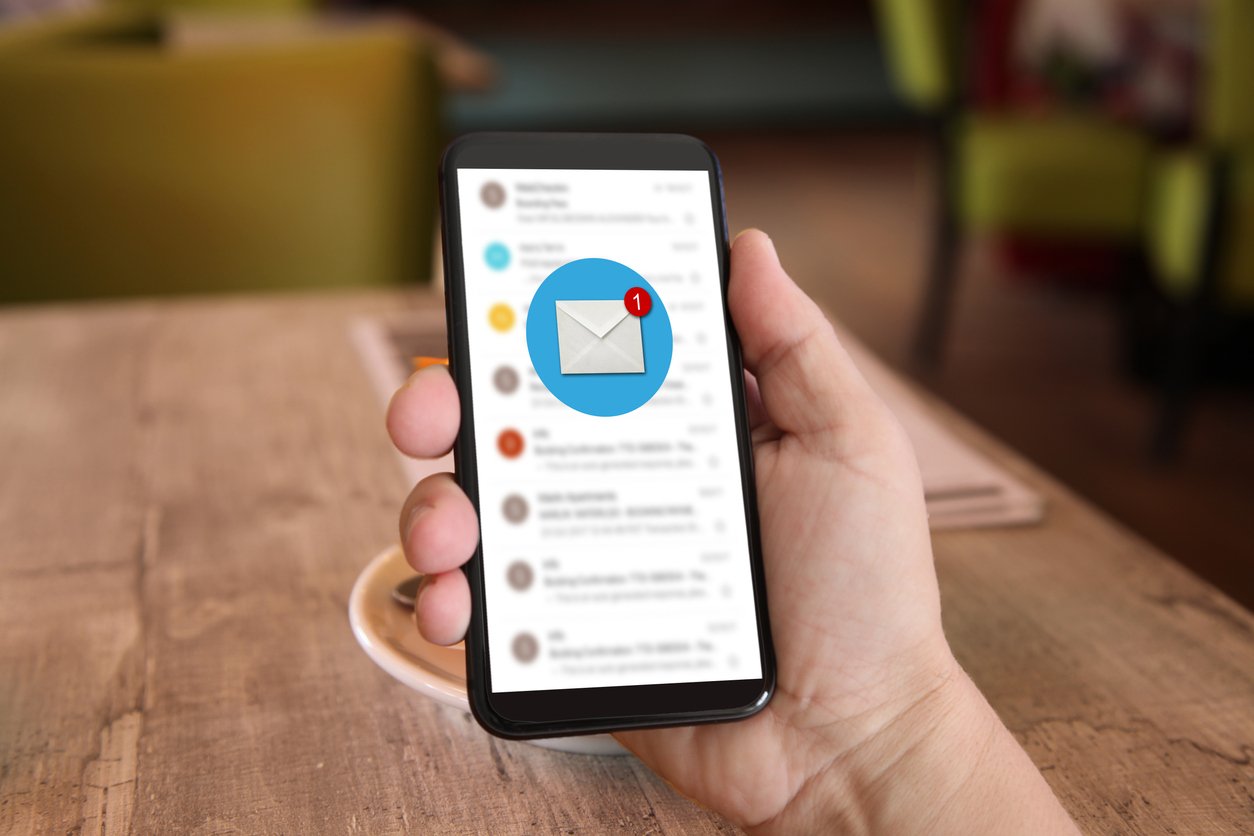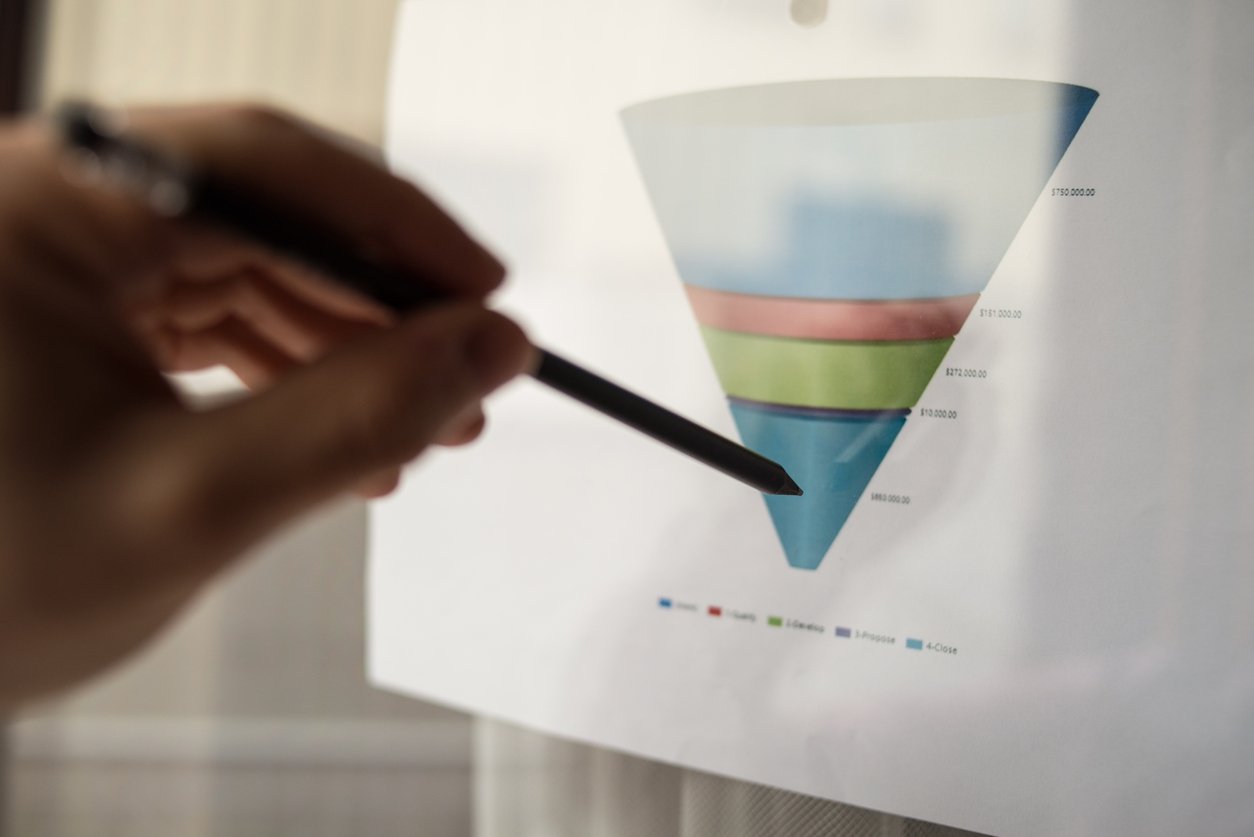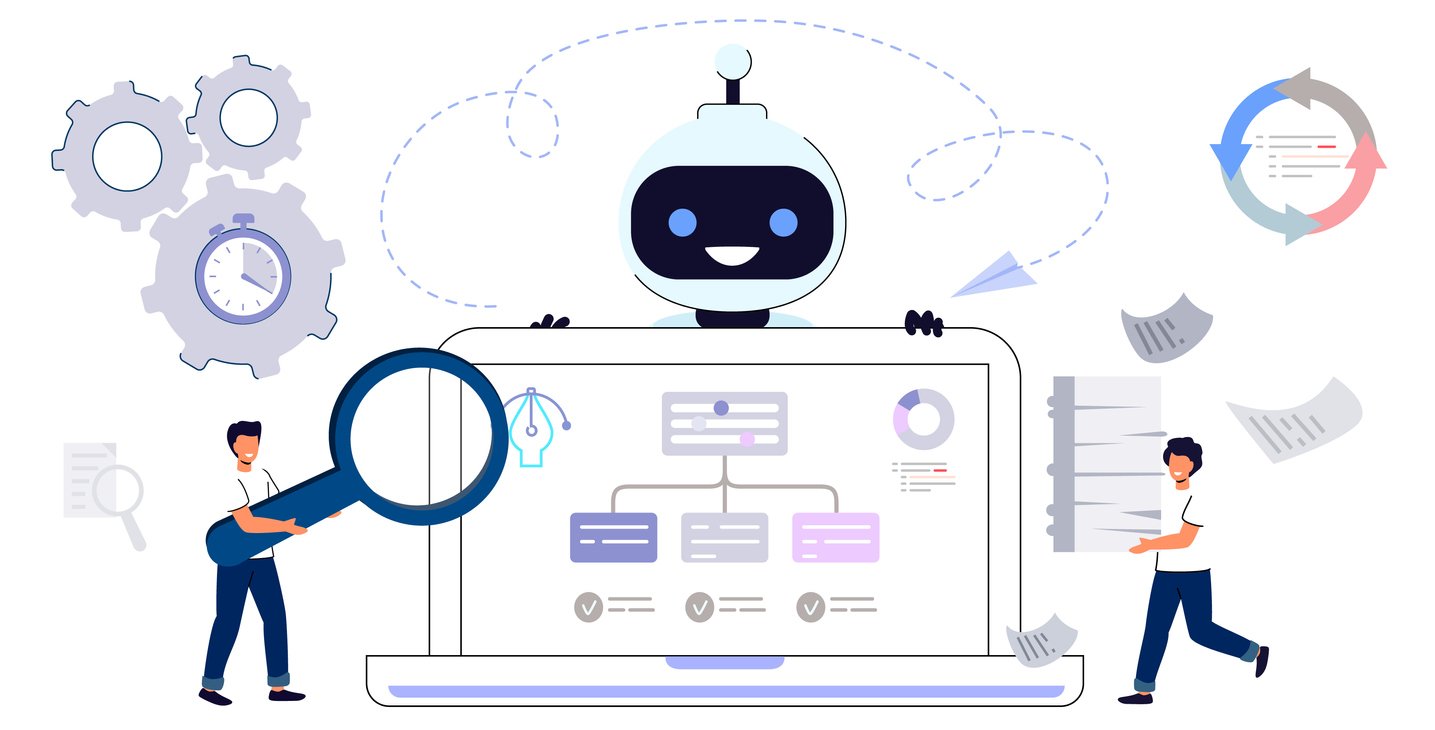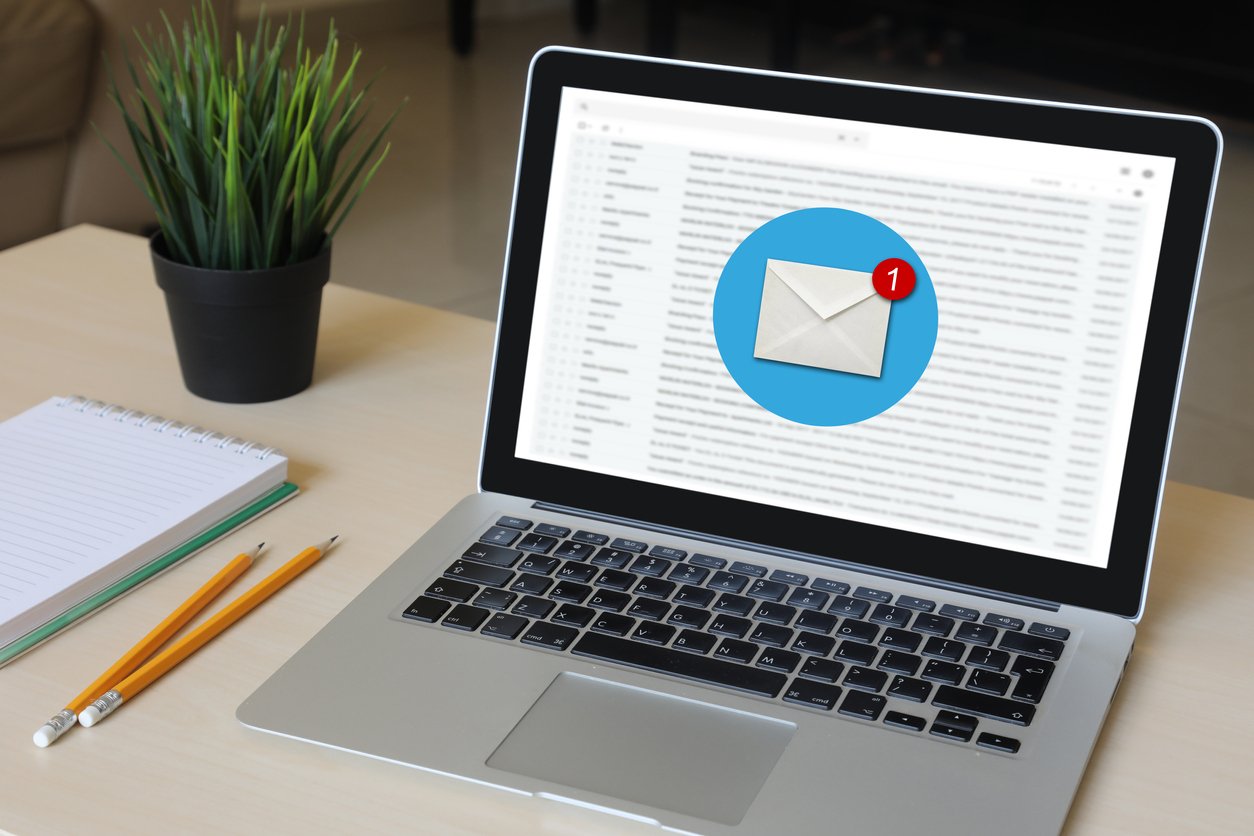
How to Use Marketing Automation for Lead Generation Like a Pro
 Updated on
Updated on
 By Bradley Kovacs
By Bradley Kovacs
Bradley Kovacs
Bradley has been passionate about technology since childhood, starting with Microsoft Flight Simulator at age six. In college, he automated his data e...
learn more
Bradley Kovacs
Bradley has been passionate about technology since childhood, starting with Microsoft Flight Simulator at age six. In college, he automated his data e...
Table of Contents
Table of Contents
Most businesses don't have a lead problem. They have a follow-up problem. You've got interested prospects slipping through the cracks, and no, sending the occasional newsletter doesn't count as nurturing.
Well, now you do.
That's where marketing automation lead generation steps in and does the heavy lifting. It's not about replacing human effort. It's about making your efforts smarter, sharper, and more consistent.
Whether chasing down cold leads or warming up prospects who've already shown interest, automation helps you stay relevant without burning out your team.
And when used right? It becomes your most reliable growth engine. Let's look at how the pros make it work and how you can, too.
Understanding Lead Generation and Marketing Automation

Lead generation and marketing automation work hand-in-hand to attract, engage, and convert potential customers.
Together, they streamline marketing efforts and enhance efficiency. But first, let's examine what each of them does individually before seeing how they work together.
What is Lead Generation?
Lead generation is the process of attracting and converting potential customers (leads) into someone who has expressed interest in your product or service.
Businesses use this strategy to create a pipeline of prospects that can eventually be nurtured into paying customers.
There are two types of lead generation:
- Inbound Lead Generation: This involves drawing people to your business using content marketing, SEO, social media, and other organic tactics. You're pulling leads in by offering value.
- Outbound Lead Generation: This method includes outreach efforts like cold calling, email blasts, or direct messaging on platforms like LinkedIn. You're actively reaching out to prospects.
Effective lead generation is essential for any growth-focused business. Sales teams have no one to convert without a steady stream of quality leads. Especially in competitive sectors like insurance or enterprise sales, targeted lead-generation campaigns can be the difference between hitting or missing revenue goals.
For instance, an insurance agent may use Facebook ads with a lead form offering free quotes to attract new policyholders. Another example may be a B2B sales rep running LinkedIn outreach campaigns, filtering contacts by job title and industry to spark interest and schedule calls.
What is Marketing Automation?
Marketing automation refers to the use of software tools to automate repetitive marketing tasks.
These platforms are designed to help teams scale their outreach, improve targeting, and save time by handling tasks that would otherwise require manual effort.
Key functions of marketing automation tools include the following:
- Automated Follow-ups: Schedule and send emails based on user actions or time delays.
- Lead Scoring: Assign scores to leads based on behavior (e.g., clicks, downloads, website visits) to prioritize sales follow-ups.
- Segmentation: Categorize leads based on demographics, interests, or behaviors.
- Personalization at Scale: Deliver tailored messages without manual intervention.
- Performance Tracking: Monitor open rates, click-throughs, and conversions in real-time.
Why Combine Lead Generation with Marketing Automation?
When you merge lead generation marketing automation into a unified system, the results are faster, smarter, and more cost-effective. Here's why this combination works so well:
- Time Savings: Sales automation handles repetitive tasks like email follow-ups, lead scoring, and nurturing sequences, freeing up your team for high-value work.
- Cost-Effectiveness: Reduce manual labor and human error while maximizing output. One-time setups can run campaigns 24/7 without extra spend.
- Higher Conversion Rates: Targeted, timely messaging based on user behavior boosts engagement and pushes leads further down the funnel.
- Creates a Scalable Process: You can easily replicate campaigns across new products, audiences, or markets. This is especially helpful for growing teams that need repeatable success.
By syncing your lead generation strategy with automation tools, you get real-time insights, personalized communication, and a scalable approach to growth.
How Marketing Automation Enhances Lead Generation

Marketing automation lead generation makes lead hunting smarter, faster, and more effective. Therefore, integrating automation into your lead generation strategy creates a system that scales without losing quality. Here's how it works.
1. Speed of Contact
With marketing automation lead generation software, you can trigger instant follow-ups through drip campaigns using automated texts, personalized emails, and local presence calling. This keeps your brand top-of-mind when interest is at its peak.
By automating first contact, you reduce lag time, increase engagement, and build momentum when a lead's interest is at its peak.
2. Personalization at Scale
Automation lets you deliver hyper-relevant content to thousands of leads without writing thousands of messages. The following is how:
- Dynamic Content: You can create emails, landing pages, or ads that change based on who's viewing them.
- Smart Triggers: If a lead downloads a specific guide, visits a pricing page, or clicks an email CTA, you can trigger particular follow-ups based on those behaviors.
- Audience Segmentation: Break your audience into meaningful groups, based on industry, stage in the funnel, or behavior, and send each group tailored messages. A lead automation system makes segmentation easy to maintain and update in real-time.
When used effectively, marketing automation and lead generation create messaging that feels 1-on-1, even at an enterprise scale.
3. Lead Scoring and Prioritization
Not every lead is ready to buy, so lead scoring becomes essential. Instead of treating all leads similarly, marketing automation platforms assign scores based on actions and data.
This score tells your sales team who's hot and who's not. Here's how:
- Automated Lead Qualification: As leads engage with your content, clicking emails, booking demos, and attending webinars, their scores rise. If a lead meets certain thresholds, your system can notify sales or even auto-assign the lead to a rep.
- Focus Where It Matters: Sales teams often waste time on cold leads. With lead generation marketing automation tools, reps can focus only on leads showing real buying signals. That improves conversion rates and reduces burnout.
Key Features of Marketing Automation Lead Generation Software

When choosing a platform for marketing automation lead generation, features matter. The right tools do more than send emails. They manage relationships, track behavior, and automate decision-making.
To maximize your lead generation efforts, your software should include powerful automation features that support the whole customer journey.
1. Drip Campaigns
Drip campaigns are at the heart of effective lead-generation marketing automation. These are pre-written emails or text messages sent automatically based on time delays or specific actions a lead takes.
Here's how they work:
- A lead downloads an eBook from your website. That action triggers a welcome message.
- Two days later, they receive a case study related to the topic they're interested in.
- A few days after that, the system sends an invitation to book a demo or call.
This type of automated nurturing keeps your brand top-of-mind and moves the lead down the funnel at their own pace.
2. CRM Integration
To get the full benefits of marketing automation and lead generation, your software must integrate seamlessly with a Customer Relationship Management (CRM) system. This integration centralizes lead data, communication history, and automation logic, giving your sales and marketing teams a complete view of every prospect.
Why CRM integration matters:
- You avoid duplicated efforts by ensuring sales and marketing see the same up-to-date information.
- Leads are automatically assigned, scored, and tracked without switching between tools.
- All communication, emails, calls, and texts are logged in one place, providing complete context for follow-ups.
One excellent example is Ringy, our all-in-one CRM that combines lead automation system capabilities with sales tools. It allows you to:
- Launch automated drip campaigns
- Track inbound and outbound calls
- Manage contacts, notes, and deal stages
- Use local presence calling to increase pickup rates
With tools like Ringy, you eliminate the need for multiple platforms. Everything from lead capture to conversion happens under one roof, streamlining workflows and boosting efficiency.
Sales Pipeline Automation
Once leads enter your system, marketing automation lead generation tools can push them through the sales pipeline with minimal manual effort.
One of the most impactful areas of lead automation is sales communication, especially regarding speed and consistency.
Here's how sales pipeline automation features help:
|
Feature |
Function |
|
Automatic Dialing |
Auto-dials the next lead in line so reps don't waste time punching numbers. |
|
Call Queues |
Organizes leads into calling lists by urgency, score, or campaign type. |
|
Voicemail Drop |
Allows reps to leave a pre-recorded voicemail with one click. |
These tools are often built into lead generation marketing automation software, making it easy to integrate sales activity with lead data and ongoing campaigns.
Choosing the Right Lead Generation Marketing Automation Tool

Choosing the right lead generation marketing automation tool can make the difference between scaling efficiently and getting stuck with tech that adds complexity. To find the right fit, focus on the following.
What to Look For
When evaluating tools for marketing automation lead generation, prioritize the following:
- Ease of Use: A clean UI, drag-and-drop builders, and simple automation flows save time and reduce training overhead.
- Integrations: Look for tools that connect easily with your CRM marketing automation, ad platforms, and lead capture forms.
- Scalability: Choose a platform that can grow with you, whether you manage 100 or 10,000 leads per month.
- Price: Look beyond the monthly cost. Consider what's included in each plan. Some tools charge extra for core features like SMS, API access, or automation depth.
- Onboarding and Support: Strong customer support and guided onboarding can accelerate your results. A tool is only as good as the help you get when needed.
According to Oracle, 60% of companies say implementation is their top challenge with marketing automation. That's why usability and support should be top priorities.
Top Features Checklist
Here's a quick comparison of key features you should expect in any strong marketing automation lead generation software:
|
Feature |
Why It Matters |
|
Auto-Dialing |
Boosts outbound call efficiency and rep productivity. |
|
SMS Drip Campaign |
High open rates (98%) make SMS a top-performing channel. |
|
Calendar Sync |
Enables seamless meeting scheduling from email or SMS. |
|
CRM Integration |
Centralizes data and supports a full-funnel view. |
|
Reporting & Analytics |
Tracks KPIs and campaign performance in real time. |
Best Automation Tools for Lead Generation in 2025
Below is a comparison of the best automation tools for lead generation, highlighting their strengths, ideal users, key features, and pricing tiers.
*Note: All pricing details are accurate as of April 2025*
|
Tool |
Description |
Best For |
Features |
Pricing |
|
All-in-one CRM and marketing automation lead generation software built for high-volume outreach. |
Sales teams seeking efficient lead generation and automation. |
Auto-dialer, SMS/email drip campaigns, local presence calling, integrations, CRM, reporting, pipeline tracking. |
From $109/month |
|
|
A user-friendly platform blending CRM, email marketing, and automation. |
Small businesses and solopreneurs. |
Email sequences, landing pages, appointment scheduling, payment collection, and CRM. |
From $249/month |
|
|
Scalable platform with robust tools for marketing, sales, and service. |
Mid-size to enterprise marketing teams. |
Email marketing, lead scoring, workflows, CRM, reporting dashboards, and integrations. |
Free CRM, paid from $15/seat per month |
|
|
CRM-focused tool with strong automation for sales funnels. |
B2B sales teams looking for simplicity. |
Deal tracking, activity reminders, AI lead scoring, email sync, and limited automation. |
From $14/seat per month |
|
|
Sales engagement tool with built-in calling and email capabilities. |
Inside sales teams with a strong outbound focus. |
Auto-dialer, SMS, email sequences, built-in calling, pipeline management. |
From $19/seat per month |
Implementing Marketing Automation for Lead Generation

Here's how you can implement marketing automation lead generation for success.
Setting Up Your First Automation Workflow
To set up your first automation workflow, here are the steps to follow:
- Define your lead generation goals (e.g., capturing new leads or nurturing existing ones).
- Choose an automation platform that suits your needs.
- Create a trigger, such as a form submission or website visit.
- Define actions like sending emails, scoring leads, or assigning them to sales reps.
- Test your workflow to ensure smooth functionality.
- Adjust the workflow based on performance to optimize over time.
Tools like Ringy make it easy with drag-and-drop CRM workflow builders and a sales dashboard designed for high-conversion pipelines.
Lead Source Integration
Strong automation starts with connected lead sources. Whether you buy leads, generate them through landing pages, or import from events, your marketing automation lead generation software must accept and route them quickly.
Standard integration methods include:
- Manual Uploads via CSV or Excel
- API Sync with third-party platforms and lead vendors
- Form Captures from websites, ads, and landing pages
Ringy handles this seamlessly. It allows users to:
- Upload leads manually or in bulk
- Sync leads via direct API connections with vendors
- Auto-tag and segment incoming leads based on source
This ensures that every lead flows into the right campaign, gets scored appropriately, and receives immediate attention through automation.
Tracking and Optimization
Once automation workflows are live, the focus shifts from setup to performance. Tracking and optimization are about observing the big picture, how leads move through the funnel, and where opportunities for improvement exist.
Use tracking to monitor:
- Workflow Completion Rates: Are leads progressing through your sequences or dropping off early?
- Response Timing: How long does it take for a rep to respond after a lead is qualified?
- Lead Scoring Accuracy: Are your highest-scoring leads actually converting?
Optimization at this level means adjusting automation rules, message timing, or follow-up sequences to eliminate friction. For example, if leads drop off after email 2, shorten the sequence or switch to SMS at that stage.
Analytics Dashboards, Split Testing, Conversion Tracking
While tracking gives you macro visibility, analytics dashboards and testing tools help you fine-tune the details of your campaigns.
- Analytics Dashboards: These display campaign-level data, open rates, click-throughs, call outcomes, and SMS replies so that you can measure engagement across all touchpoints.
- Split Testing (A/B Testing): Tweak subject lines, message formats, send times, or channels (email vs. SMS) to see what improves engagement.
- Conversion Tracking: Track whether they book a meeting, request a quote, or convert into a customer. This lets you assign ROI to each automation sequence and understand which campaigns drive revenue, not just clicks.
Conclusion
Marketing automation for lead generation is about creating smarter, more consistent, and scalable outreach. We've seen how automation speeds up follow-ups, personalizes communication at scale, scores and prioritizes leads, and automates key parts of your sales pipeline.
You've also seen the must-have features in lead generation marketing automation tools, how to implement them, and how to track performance using analytics, testing, and conversion insights.
But here's the key: all of these benefits multiply when paired with a robust CRM system. A CRM doesn't just store contact info. It connects your communication, automation, and analytics into one central hub. It becomes the engine that powers your entire lead gen and sales process.
That's precisely what Ringy delivers.
As an all-in-one marketing automation lead generation software, Ringy combines CRM functionality with built-in auto-dialing, SMS/email drip campaigns, local presence calling, lead scoring, and real-time analytics. It's built to simplify your workflows while boosting engagement and conversions.
If you're ready to turn leads into sales faster, smarter, and with less manual work, Ringy is the tool built for you.
Try Ringy today and automate your lead generation like a pro.

Skyrocket your sales with the CRM that does it all.
Calling? Check. SMS? Check. Automation and AI? Check. Effortlessly keep in touch with your customers and boost your revenue without limits.

Take your sales to new heights with Ringy.
Sales in a slump? Ringy gives you the tools and flexibility you need to capture leads, engage with them, and turn them into customers.
Subscribe to Our Blog
Enter your email to get the latest updates sent straight to your inbox!
Categories
Related Articles




